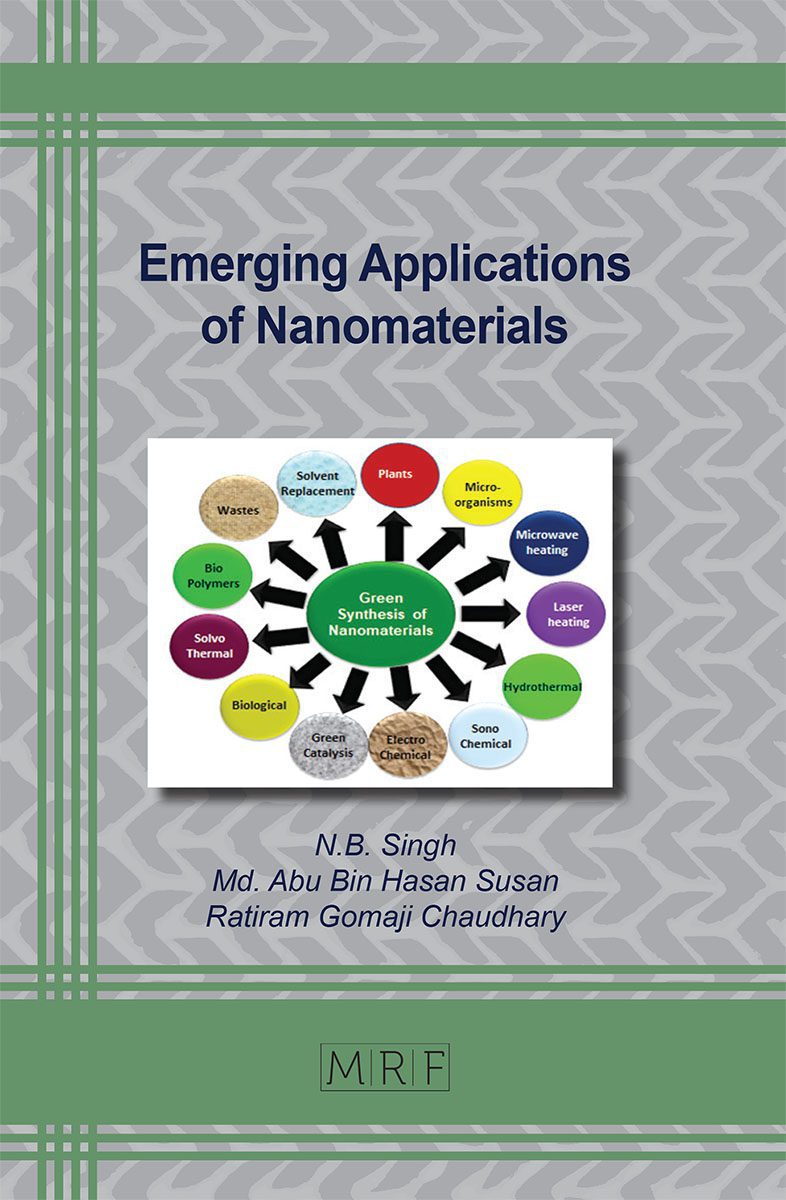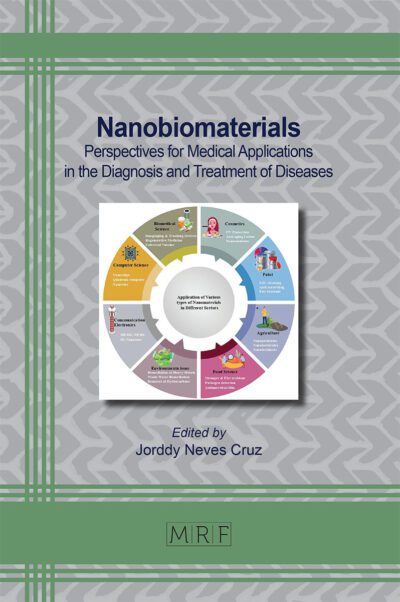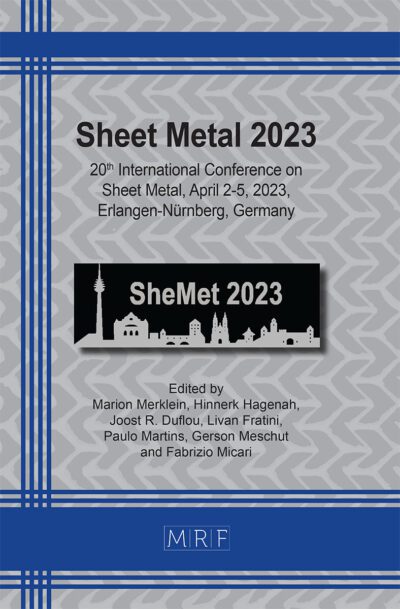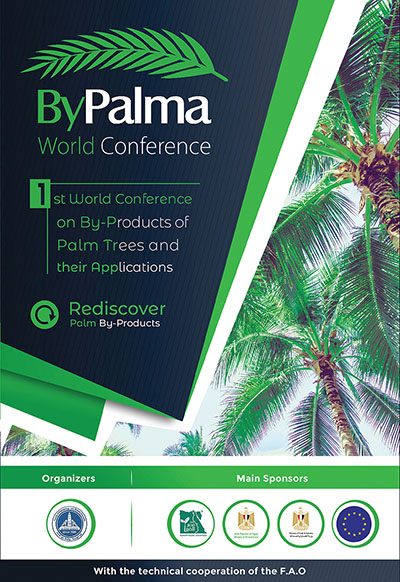Introduction to Nanomaterials
N.B. Singh
In the last few years, nanoscience and nanotechnology have become a very important branch of science and technology. 10-9 stands for nano and particles size less than 100 nm are said to be nanomaterial. Nanoscience connects chemistry, physics, biology, medicine, engineering sciences and others. Nanomaterials are synthesized in a number of ways, but the conventional methods are costly, time consuming and pollute the environment. However, green routes are becoming popular. Synthesized nanomaterials are characterized by using a number of techniques and they are useful in different sectors. A general introduction in brief is given in this chapter.
Keywords
Nanomaterials, Nanotechnology, Green Method, Characterization, Applications
Published online 2/1/2023, 13 pages
Citation: N.B. Singh, Introduction to Nanomaterials, Materials Research Foundations, Vol. 141, pp 1-13, 2023
DOI: https://doi.org/10.21741/9781644902295-1
Part of the book on Emerging Applications of Nanomaterials
References
[1] H. Gleiter, Nanostructured materials: basic concepts and microstructure Acta Mater., 48 (2000)1-29 https://doi.org/10.1016/S1359-6454(99)00285-2
[2] R. P. Feynman, There’s plenty of room at the bottom, Eng. Sci. 23 (1960) 22-36.
[3] H. W. Kroto, J. R. Heath, S. C. O’Brien, R. F. Curl, R. E. Smalley, C60: Buckminsterfullerene. Nature, 318 (1985) 162-163. https://doi.org/10.1038/318162a0
[4] S. Iijima, Helical microtubules of graphitic carbon. Nature, 354(1991) 56-58. https://doi.org/10.1038/354056a0
[5] S.A. Mazari, E.Ali , R. Abro, F.S. Khan, I. Ahmed, M. Ahmed, S. Nizamuddin, T.H. Siddiqui, N. Hossain, N. M. Mubarak, A. Shah, Nanomaterials: Applications, waste-handling, environmental toxicities, and future challenges-A Review. J. Environ. Chem. Engg., 9(1021)105028 https://doi.org/10.1016/j.jece.2021.105028
[6] T. A. Saleh, Nanomaterials: Classification, properties, and environmental toxicities, Environmental Technology & Innovation, 20 (2020) 101067 https://doi.org/10.1016/j.eti.2020.101067
[7] Khorshidi Mahsa, Asadpour Saeid, Sarmast Narges, Dinari Mohammad. A review of the synthesis methods, properties, and applications of layered double hydroxides/carbon nanocomposites. Journal of Molecular Liquids, 348(2022) 118399. https://doi.org/10.1016/j.molliq.2021.118399
[8] I. Hussain, N.B. Singh, A. Singh, H. Singh, S.C. Singh, Green synthesis of nanoparticles and its potential application, Biotechnol. Lett., 38 (2016) 545-560. https://doi.org/10.1007/s10529-015-2026-7
[9] N. Baig, I. Kammakakam, W. Falath, I. Kammakakam, Nanomaterials: A review of synthesis methods, properties, recent progress, and challenges, Materials, Advances 2 (2021) 1821-1871. https://doi.org/10.1039/D0MA00807A
[10] M. Huston, M. DeBella, M. DiBella, A. Gupta, Green synthesis of nanomaterials, Nanomaterials, 11 (8) (2021) 2130. https://doi.org/10.3390/nano11082130
[11] V. Mody, R. Siwale, A. Singh, H. Mody, Introduction to metallic nanoparticles, Journal of Pharmacy and Bioallied Sciences, 2 (2010) 282. https://doi.org/10.4103/0975-7406.72127
[12] A.A. Yaqoob, K. Umar, M.N.M. Ibrahim, Silver nanoparticles: various methods of synthesis, size affecting factors and their potential applications-a review, Applied Nanoscience (Switzerland), 10 (2020) 1369-1378. https://doi.org/10.1007/s13204-020-01318-w
[13] D. Lima, A. Ribicki, L. Gonçalves, A.C.M. Hacke, L.C. Lopes, R.P. Pereira, K. Wohnrath, S.T. Fujiwara, C.A. Pessôa, Nanoconjugates based on a novel organicinorganic hybrid silsesquioxane and gold nanoparticles as hemocompatible nanomaterials for promising biosensing applications, Colloids Surf., B, 213 (2022). https://doi.org/10.1016/j.colsurfb.2022.112355
[14] L. Jeong, W.H. Park, Preparation and characterization of gelatin nanofibers containing silver nanoparticles, Int. J. Mol. Sci., 15 (2014) 6857-6879. https://doi.org/10.3390/ijms15046857
[15] R. Eluri, B. Paul, Synthesis of nickel nanoparticles by hydrazine reduction: Mechanistic study and continuous flow synthesis, J. Nanopart. Res., 14 (2012)800. https://doi.org/10.1007/s11051-012-0800-1
[16] Q. Wu, W.S. Miao, Y. du Zhang, H.J. Gao, D. Hui, Mechanical properties of nanomaterials: A review, Nanotechnology Reviews, 9 (2020) 259-273. https://doi.org/10.1515/ntrev-2020-0021
[17] J. Yang, J.Y. Lee, T.C. Deivaraj, H.P. Too, A highly efficient phase transfer method for preparing alkylamine- stabilized Ru, Pt, and Au nanoparticles, J. Colloid Interface Sci., 277 (2004) 95-99. https://doi.org/10.1016/j.jcis.2004.03.074
[18] Nasrollahzadeh Mahmoud, Atarod Monireh, Sajjadi Mohaddeseh, Sajadi S Mohammad, Issaabadi Zahra, Chapter 6 – Plant-Mediated Green Synthesis of Nanostructures: Mechanisms, Characterization, and Applications. Interface Science and Technology,28 (2019) 199-322. https://doi.org/10.1016/B978-0-12-813586-0.00006-7
[19] De A, Kumari A, Jain P, Manna AK, Bhattacharjee G (2020) Plasmonic sensing of Hg (II), Cr (III), and Pb (II) ions from aqueous solution by biogenic silver and gold nanoparticles. Inorganic and Nano-Metal Chemistry, 1-12. https://doi.org/10.1080/24701556.2020.1826523
[20] Vijayaraghavan K, Ashokkumar T (2017) Plant-mediated biosynthesis of metallic nanoparticles: a review of literature, factors affecting synthesis, characterization techniques and applications. Journal of environmental chemical engineering, 5(5): 4866-4883. https://doi.org/10.1016/j.jece.2017.09.026
[21] Khodadadi B, Maryam B, Mahmoud N (2017) Green synthesis of Pd nanoparticles at Apricot kernel shell substrate using Salvia hydrangea extract: catalytic activity for reduction of organic dyes. J colloid interf sci 490: 1-10. https://doi.org/10.1016/j.jcis.2016.11.032
[22] Amooaghaie R, Saeri, MR, Azizi M (2015) Synthesis, characterization and biocompatibility of silver nanoparticles synthesized from Nigella sativa leaf extract in comparison with chemical silver nanoparticles. Ecotoxicology and Environmental Safety, 120: 400-408. https://doi.org/10.1016/j.ecoenv.2015.06.025
[23] Anand K, Gengan RM, Phulukdaree A, Chuturgoon A (2015) Agroforestry waste Moringa oleifera petals mediated green synthesis of gold nanoparticles and their anti-cancer and catalytic activity. Journal of Industrial and Engineering Chemistry, 21:1105-1111. https://doi.org/10.1016/j.jiec.2014.05.021
[24] Rajiv P, Sivaraj R, Rajendran V (2013) Bio-Fabrication of zinc oxide nanoparticles using leaf extract of Parthenium hysterophorus L. and its size-dependent antifungal activity against plant fungal pathogens.” Spectrochimica Acta Part A: Molecular and Biomolecular Spectroscopy 112 : 384-387. https://doi.org/10.1016/j.saa.2013.04.072
[25] Padalia H, Moteriya P, Chanda S (2015) Green synthesis of silver nanoparticles from marigold flower and its synergistic antimicrobial potential. Arabian Journal of Chemistry, 8(5):732-741. https://doi.org/10.1016/j.arabjc.2014.11.015 https://doi.org/10.1016/j.arabjc.2014.11.015
[26] K. Radad, M. Al-Shraim, R. Moldzio, and W. D. Rausch, “Recent advances in benefits and hazards of engineered nanoparticles,” Environmental Toxicology and Pharmacology, vol. 34, no. 3, pp. 661-672, 2012. https://doi.org/10.1016/j.etap.2012.07.011
[27] A. Roy and N. Bharadvaja, “Qualitative analysis of phytocompounds and synthesis of silver nanoparticles from Centella asiatica,” Innovative Techniques in Agriculture, vol. 1, no. 2, pp. 88-95, 2017.
[28] P. Nagore, S. Ghotekar, K. Mane, A. Ghoti, M. Bilal, and A. Roy, “Structural properties and antimicrobial activities of Polyalthia longifolia leaf extract-mediated CuO nanoparticles,” BioNanoScience, vol. 11, no. 2, pp. 579-589, 2021. https://doi.org/10.1007/s12668-021-00851-4
[29] B. Dréno, A. Alexis, B. Chuberre, M. Marinovich, Safety of titanium dioxide nanoparticles in cosmetics, J. Eur. Acad. Dermatology Venereol. 33 (2019) 34-46. https://doi.org/10.1111/jdv.15943
[30] S. Arango-Santander, A. Pelaez-Vargas, S.C. Freitas, C. García, A novel approach to create an antibacterial surface using titanium dioxide and a combination of dip-pen nanolithography and soft lithography, Sci. Rep. 8 (2018) 15818. https://doi.org/10.1038/s41598-018-34198-w
[31] T. Bruna, F. Maldonado-Bravo, P. Jara, N. Caro, Silver Nanoparticles and Their Antibacterial Applications, Int. J. Mol. Sci. 22 (2021) 7202. https://doi.org/10.3390/ijms22137202
[32] T. Maruyama, Carbon nanotubes, in: S. Thomas, C. Sarathchandran, S.A. Ilangovan, J.C.B.T.-H. of C.-B.N. Moreno-Piraján (Eds.), Micro Nano Technol., Elsevier, 2021: pp. 299-319. https://doi.org/10.1016/B978-0-12-821996-6.00009-9
[33] N. Gupta, A. Dixit, Carbon Nanotube Field-Effect Transistors (CNFETs): Structure, Fabrication, Modeling, and Performance, in: A. Hazra, R. Goswami (Eds.), Carbon Nanomater. Electron. Devices Appl., Springer Singapore, Singapore, 2021: pp. 199-214. https://doi.org/10.1007/978-981-16-1052-3_9
[34] M. Ćibo, A. Šator, A. Kazlagić, E. Omanović-Mikličanin, Application and Impact of Nanotechnology in Sport, in: M. Brka, E. Omanović-Mikličanin, L. Karić, V. Falan, A. Toroman (Eds.), 30th Sci. Conf. Agric. Food Ind., Springer International Publishing, Cham, 2020: pp. 349-362. https://doi.org/10.1007/978-3-030-40049-1_44
[35] A.K. Yetisen, H. Qu, A. Manbachi, H. Butt, M.R. Dokmeci, J.P. Hinestroza, M. Skorobogatiy, A. Khademhosseini, S.H. Yun, Nanotechnology in Textiles, ACS Nano. 10 (2016) 3042-3068. https://doi.org/10.1021/acsnano.5b08176
[36] V. Amenta, K. Aschberger, M. Arena et al., “Regulatory aspects of nanotechnology in the agri/feed/food sector in EU and non-EU countries,” Regulatory Toxicology and Pharmacology, vol. 73, no. 1, pp. 463-476, 2015. https://doi.org/10.1016/j.yrtph.2015.06.016
[37] N. Prajitha, S. S. Athira, and P. V. Mohanan, “Bio-interactions and risks of engineered nanoparticles,” Environmental Research, vol. 172, pp. 98-108, 2019. https://doi.org/10.1016/j.envres.2019.02.003
[38] Hiwa M. Ahmed, Arpita Roy,2Muhammad Wahab, Mohammed Ahmed, Gashaw Othman-Qadir,Basem H. Elesawy, Mayeen Uddin Khandaker, Mohammad Nazmul Islam,and Talha Bin Emran, Applications of Nanomaterials in Agrifood and Pharmaceutical Industry, Journal of Nanomaterials Volume 2021, Article ID 1472096, 10 pages. https://doi.org/10.1155/2021/1472096

































